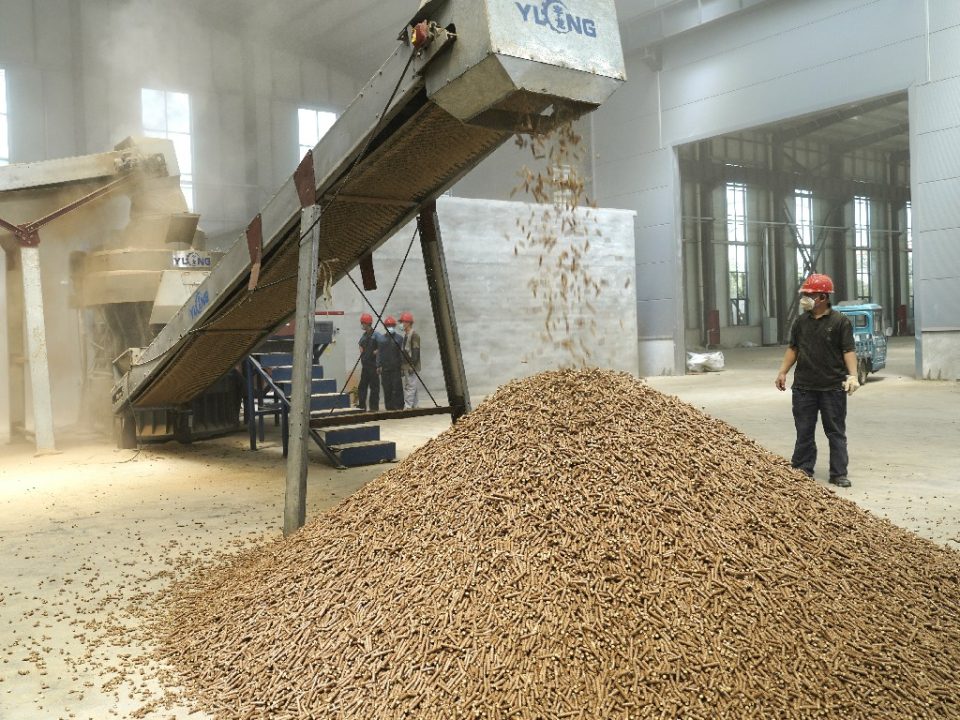Coffee pellets are an innovative and sustainable alternative to traditional biomass fuels. By utilizing recycled coffee grounds, these pellets help address several environmental challenges, such as reducing carbon emissions, minimizing waste, and decreasing reliance on virgin timber for fuel production.
Key Benefits of Coffee Pellets:
-
Higher Calorific Value: Coffee pellets have a net calorific value that is ≥15% higher than standard timber pellets, meaning they release more energy when burned. This makes them a more efficient fuel option.
-
Low Moisture Content: Coffee pellets are known for their consistently low moisture content, which improves their combustion efficiency and reduces energy losses during burning.
-
High Bulk Density: The high density of coffee pellets means that they take up less space, making storage and transportation more efficient. This helps in reducing fuel costs and emissions associated with transportation.
-
High Ash Melting Point: Coffee pellets have a high ash melting point, reducing the risk of ash buildup during combustion and improving the overall performance of heating systems.
-
Durability: The pellets are durable, ensuring they hold together well during handling and transportation, minimizing breakage and maximizing the amount of usable fuel.
Coffee Pellet Production Process:
-
Granulation: The coffee grounds are first granulated, typically using a pellet machine, once they have a moisture content of around 15%. This moisture level ensures the grounds can be processed effectively.
-
Choosing the Pellet Machine: Depending on the desired output, a flat die pellet machine or a ring die pellet machine can be chosen. Ring die machines are typically used for larger-scale production as they are more efficient for high-output scenarios. The XGJ850 Pellet Machine is designed for high-efficiency biomass granulation, ensuring better pellet quality and higher productivity.
-
Cooling: After the coffee grounds are formed into pellets, they are subjected to high temperatures during the granulation process. They need to be cooled using a cooler to bring them to a safe and manageable temperature before they are packaged.
-
Packaging: The cooled pellets are then ready for packaging. This final step ensures they are secure and protected for delivery to customers.
Environmental and Economic Advantages:
-
Sustainability: By using recycled coffee grounds, coffee pellets help reduce waste and provide an eco-friendly alternative to traditional wood-based pellets.
-
Cost Savings: Because they require less volume to produce the same energy output as wood pellets, businesses can save money on both the fuel itself and the associated logistics (i.e., fewer deliveries).
Overall, coffee pellets represent a forward-thinking solution that addresses both environmental and economic challenges while promoting the use of renewable resources.




